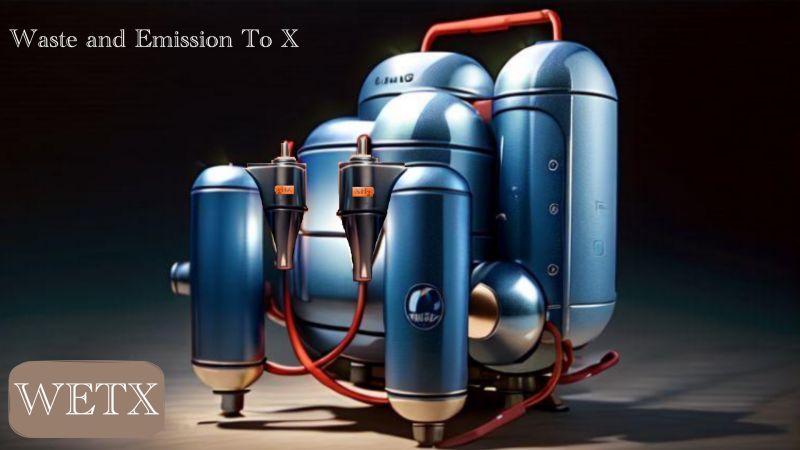Waste, Heat and Emission Valorization
Advanced Renewable
Mon , 13 May 2024 21:48 WIB

On average, these three resources are still burdens that must be disposed of by industry, namely rubbish or waste, waste heat and emissions. Actually nothing from His creation on this earth should be wasted, it could always be benefited by those who continue to remember Him and think about His creation. But how to put His guidance into practice?
In this era, it is certainly easier to put into practice because various sciences and technologies have developed so rapidly, we just have to be smart enough at using them. Although in the future it will also be possible to use biochemical and electrochemical technologies, at the Advanced Renewable Organization (ARO) so far we have only used thermochemical technology to process waste, waste heat and CO2 emissions.
With the configuration in the picture below, for example, we can process these three liabilities into valuable assets. The one at the front (left) is the XH2M (Extra High Hydrogen and Membrane) reactor, to process waste and emissions into high quality syngas which is rich in hydrogen.
Syngas with an H2/CO ratio >2 can be processed using the rightmost GTX (Gas To X) reactor, to become energy stored in the form of any fuel we want, especially hydrocarbons such as gasoline, diesel, jet-fuel or LPG.
Between the XH2M and GTX reactors we inserted ORISYS (Organic Rankine System) to capture waste heat from both. XH2M's main reaction is water Gas Shift (WGS), while GTX's main reaction is Fischer-Tropsch Synthesis (FTS), both of which are exothermic - that is, they give off heat.
This waste heat can be the next source of energy that is endless, as long as the WGS and FTS reactions continue to run, there is always energy from the waste heat that can be utilized. What's the use for it? the easiest thing is to convert it into electrical energy, and this electricity that is produced by ORISYS from the waste heat mentioned above.
So what is the electricity produced for? A small portion is used by the process itself, while the majority can be sold in the form of electricity or processed into more valuable products. Hydrogen for an example can also be produced through water electrolysis - the result is green hydrogen which is low cost, because the electricity is from waste heat.
The selling price of electricity throughout the world is only around US$ 0.1/kWh, while the price of hydrocarbon fuel is around US$ 1.15/kg and hydrogen is even above US$ 6/kg. That is the function of the two reactors in the left and right of ORISYS. The one on the left (XH2M) can process a combination of waste derivatives, waste heat and emissions into pure hydrogen, while the one on the right (GTX) can make it into hydrocarbon fuels such as gasoline, diesel, jet-fuel and the LPG mentioned above. Nothing is wasted in His creation!
Pos Lainnya
Regenerative Carbon for Carbon-Free Energy
May 13, 2024
Reviving External Combustion Engine
May 13, 2024
Toward Carbon-Neutral and Carbon-Free Energy
May 13, 2024
Jika Carbon Bisa Bicara
May 13, 2024
Kategori
Renewable Energy






Silakan mendaftar terlebih dahulu!
Untuk memposting komentar baru. Anda harus login terlebih dahulu. Masuk
Komentar
Tidak ada komentar